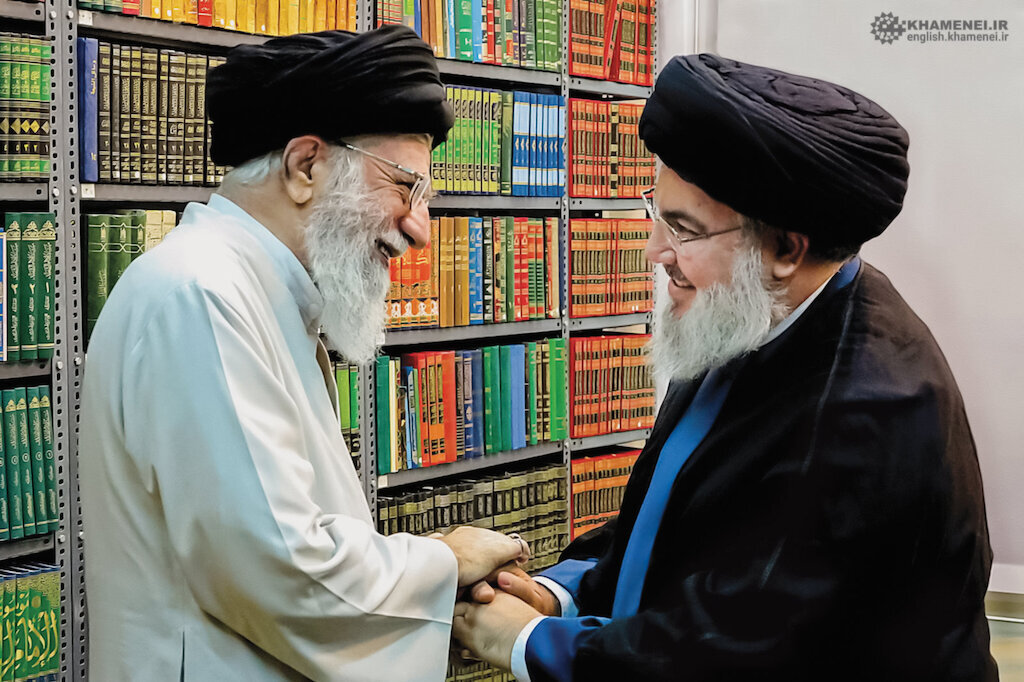INSUBCONTINENT EXCLUSIVE:
He started in the Amal movement but joined the newly formed Hezbollah in 1982 after the Israeli invasion
His political career quickly ascended; by 1985, he was leading Hezbollah's Executive Council and joined the Shura Council
moment on, his rhetoric left no room for ambiguity
Under his leadership, Hezbollah expanded its military capabilities, increased its influence in Lebanese politics, and strengthened its
The notion that the movement operates as a proxy without autonomy has been challenged both inside and outside Lebanon
century, the Safavid dynasty invited Shiite clerics from the Lebanese region of Jabal Amil to help consolidate Twelver Shiism in Iran
Over the following centuries, thousands of Lebanese students traveled to Qom to study in Islamic seminaries, forging deep familial and
political ties with the Iranian Shiite community
This interconnection grew stronger in the 20th century, when figures like Imam Musa al-Sadr and Mustafa Chamran played key roles in
reshaping Shiite political identity in Lebanon.Nasrallah himself consistently rejected the idea that Hezbollah was merely an artificial
He noted that the movement emerged organically as a response to the 1982 Israeli invasion
al-Faqih.Beyond logistics and religious affinities, what binds Hezbollah and Iran is a shared political vision
Both see resistance to Western influence as a matter of survival
Iran is not military support, but a shared political vision
one of ideological harmony.Nasrallah, who studied in the Shiite holy city of Najaf, Iraq, had long held the belief that the world is locked
in a constant struggle between the oppressed (mostazafin) and the oppressors (mostakberin)
When Hezbollah published its founding manifesto in 1985, the defense of the oppressed against the oppressors was one of its fundamental
For followers of this doctrine, Iran is not merely a country but the epicenter of an Islamic political-revolutionary project intended to
serve as a model for the entire umma (Muslim community)
It does not mean that when one party makes a decision, others follow without questioning its motivations
revealing episodes of this autonomy occurred during the Syrian war
the two countries needed to enter the fight against Daesh terrorists
operations involving the IRGC were designed by Hezbollah.Furthermore, various estimates suggest that even if Iran were to withdraw its
support, Hezbollah could continue to operate independently
This demonstrates that the movement has built a self-sustaining structure and a financial network that extends beyond Iranian backing.For
these reasons, labeling Hezbollah as a mere extension is reductive
Their relationship is better described as symbiotic: while they share strategic objectives and a common worldview, Hezbollah maintains
autonomy in its decision-making.In this context, the funeral of Nasrallah and Hashem Safi al-Din was not only a farewell for the Hezbollah
leaders but also a politically significant event
It marked a pivotal moment for the Resistance in Lebanon amid escalating tensions with Israel
Additionally, it will provide an opportunity for the Lebanese people to demonstrate unity in an increasingly complex regional landscape
The message is clear: the Resistance remains steadfast and will not yield to external pressures.At the funeral ceremony on Sunday,
Hezbollah's fourth secretary-general, Sheikh Naim Qassem, repeated remarks previously delivered by Nasrallah 32 years ago at his

